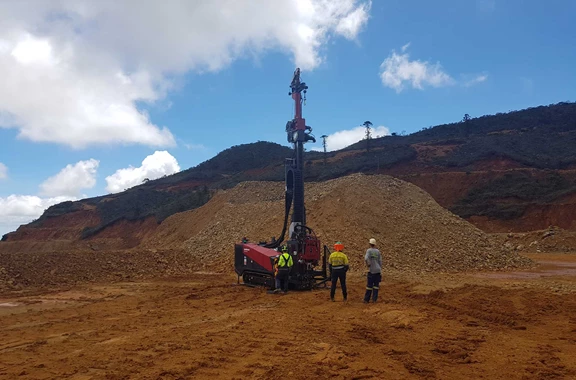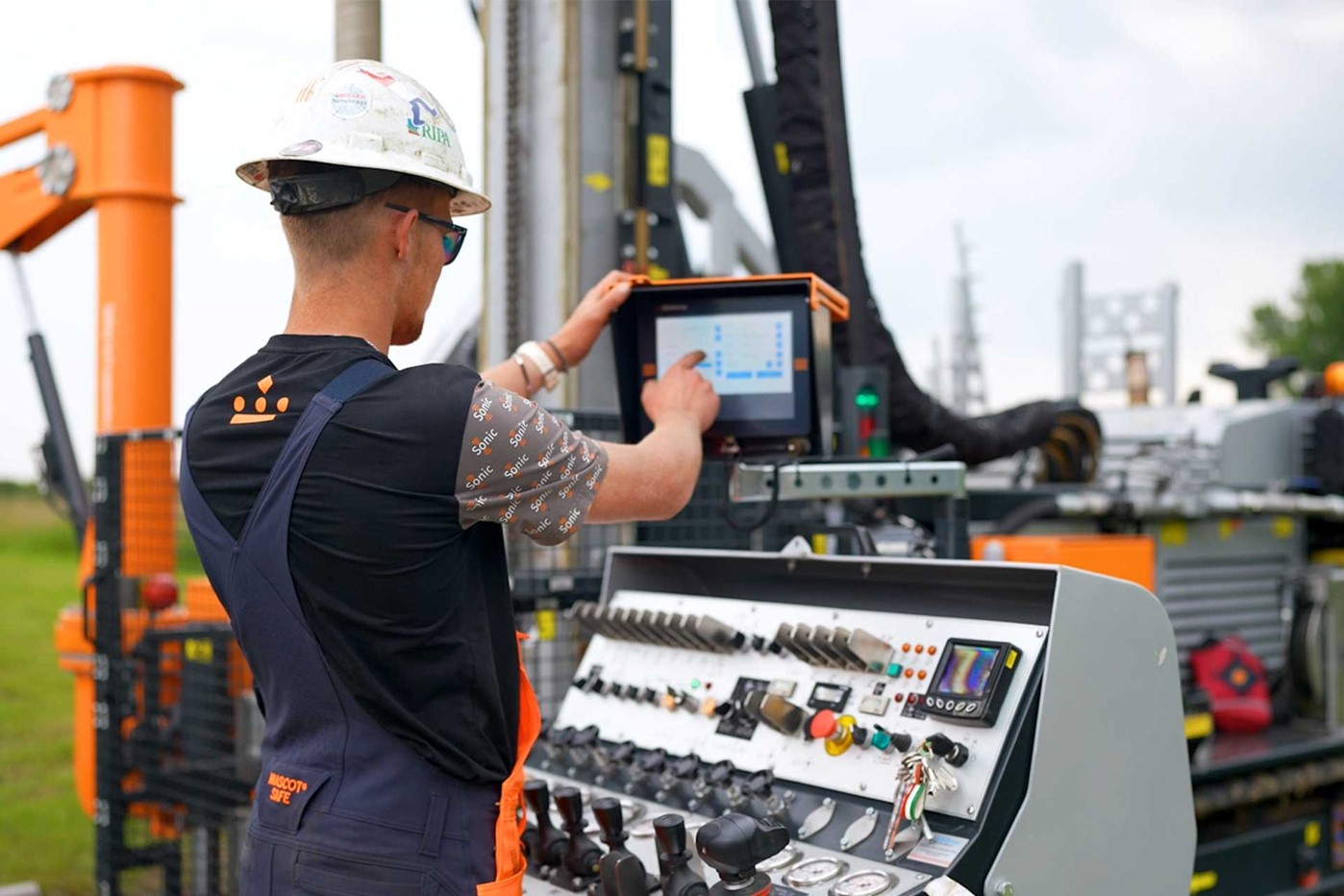


Can mineral exploration be made faster, simpler, and more sustainable? That’s the question at the heart of the SOLSA project: Sonic OnLine Sampling Analysis. At SOLSA, our mission is to develop cutting-edge techniques that enable efficient retrieval and real-time analysis of soil and rock samples, eliminating the cumbersome process of sending samples to the lab and awaiting results.
The participating partners in the SOLSA project are working jointly on time and cost-saving technology for the mining industry, where there is still a lot to achieve in terms of added sustainability. The largest change towards improving sustainability that the project hopes to bring about, is taking out the step of shipping samples to be analysed in a laboratory. Instead, they want to make it possible to analyse samples directly in the field.
The SOLSA project was started in 2022 and will run until 2025. It’s currently running in France, in cooperation with partners BRGM, Eramet Ideas, HIT - Hub Innovazione Trentino, TerrAnalytix, The University of Trento, and Royal Eijkelkamp.
The current process for mineral exploration is that soil samples are collected and then sent to the lab for geochemical analysis. Since mining sites are often located in remote areas, this is very time consuming and requires a lot of logistics.
The SOLSA process makes analysis on site possible thanks to the Modulab: a mobile robotic field laboratory, that contains a multi-sensor core scanner for continuous analyses and a benchtop analyser for discrete analyses. It enables morphological, chemical and mineralogical analyses, on-site and in real-time.
Because there is on-site, real-time analysis, there are no logistics and no additional laboratory costs, which helps to save both time and money.
But before samples can be analysed, they need to be recovered. That’s where Royal Eijkelkamp comes in. The Sonic drilling technology helps to produce high quality samples in a short amount on time, which helps to boost the efficiency of the exploratory campaign further. But it can be even better. Royal Eijkelkamp has developed three technological innovations for the sonic drill rig:
We are introducing a radar-based safety system that instantly halts the machine when it detects the proximity of a human. It will replace the conventional safety cage, ensuring utmost safety for our operators.
We are pioneering a sophisticated monitoring system that comprehensively tracks the drilling process and collects valuable data. This data-driven approach allows for deeper analysis and empowers informed decision-making.
Our SonicWireLine technology promises to revolutionise sonic drilling, making it faster, simpler, and more cost-effective.

The Monitoring While Drilling tracks the drilling process and collects valuable data. The technology was developed so the driller can gain real-time insights in the project on site; both about the drill rig and the drilled soil formation.
SOLSA offers an excellent opportuity to put this system to the test. As the samples are immediately analysed for composition in the Modulab, the insights from the MWD system can be verified on the spot. Do they match the composition of the sample?
Once enough data has been collected to make reliable correlations, MWD will have both monitoring and predictive capabilities. As the machine’s performance changes based on the geology that's drilled, it will be possible to predict the type of geology based on the drill rig’s behaviour.
A two-week field test took place at the old tin mine in Abbaretz, France, in September 2023. It was also a great opportunity to test the Monitoring While Drilling system and the radar safety device. Driller Daniël Julius shares his experiences: “Our main role in SOLSA is to deliver high-quality core samples, directly on site, so drilling accuracy and efficiency are our main goals. Here at Abbaretz, we will test the capacity of the sonic drill and we’ll be drilling several boreholes at varying depths. The field tests are the opportunity to begin the fine-tuning process of the MWD (Monitoring While Drilling) in our sonic drilling rig, which is crucial in maximizing drilling effectiveness and reducing environmental impact.
Another specific goal here is to test our radar safety device on the drilling rig: ensuring the safety of our operations is paramount. It was put to the test, and the results are promising; its robust capability in ensuring secure and smooth drilling operations was demonstrated.”
Daniël also explains why sonic drilling is a great choice under these circumstances: “This technology has a vibration frequency of 150 Hertz (i.e. 150 vibrations per second). So, when penetrating the lithology, the outside of the drill string is under a fluidisation effect, which means less disturbance of the soil and easy penetration of soft-to-medium hard lithology. The result is efficient extraction of high-quality cores. In addition, the use of sonic drilling (rather than rotary) has the advantage of using less water, providing better quality samples and avoiding core loss: we have 100% recovery here.”

SOLSA drill site ©BRGM Aurelien Bordenave

SOLSA drill rig ©BRGM Cyril Boucley

SOLSA drill rig setting up ©BRGM Sylvain Delchini

SOLSA drill camp ©BRGM Aurelien Bordenave
A full report of the SOLSA field test in Abbaretz, France can be found on the SOLSA website.
For more information on the project: